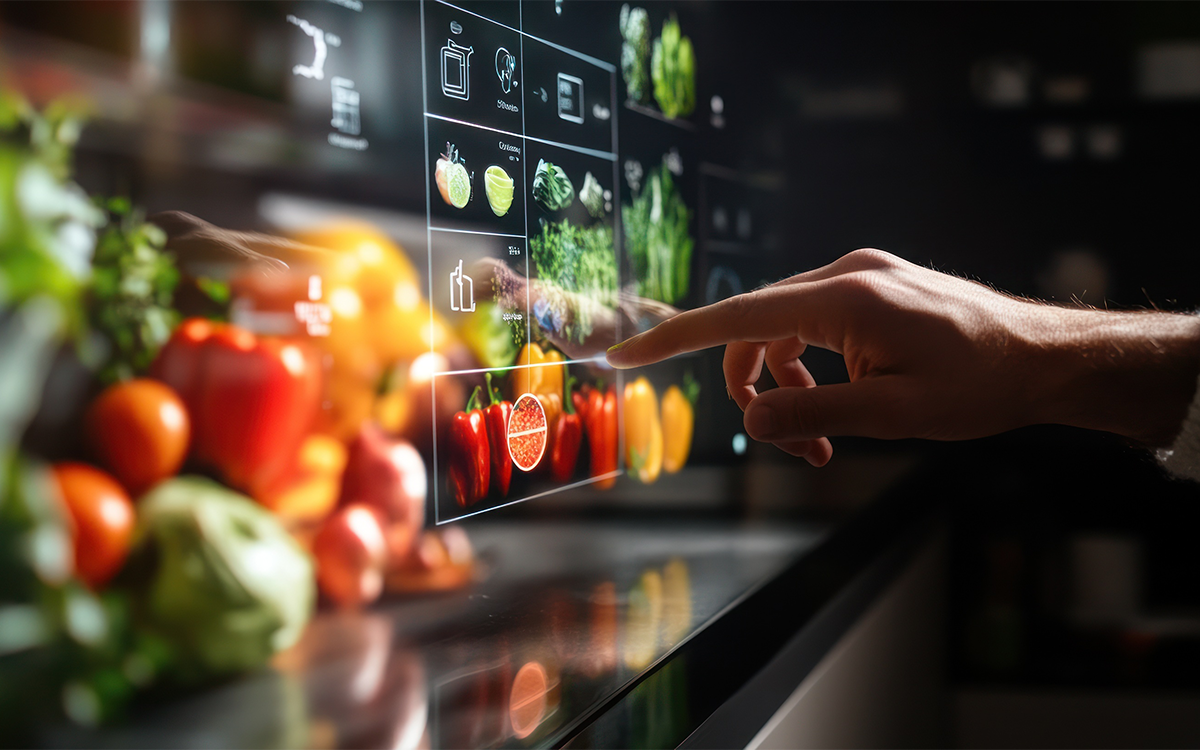Community catering is facing one of the biggest challenges of our time: staff shortages. While traditional solutions often reach their limits, digitalization offers opportunities to alleviate staff shortages.
Digital solutions help to reduce staff workloads, free up employees for core tasks and improve working conditions in the company restaurant.
The staff shortage in communal catering
Communal catering has one major advantage over individual catering: the working hours are much more family-friendly. Nevertheless, the staff shortage affects almost all areas: from the kitchen to service, from temporary staff to specialists.
The causes are well known: demographic change, a poor image, migration to other sectors during the pandemic. The consequences are increasing workloads and decreasing employee satisfaction, which quickly end in a vicious circle: Staff turnover increases while service quality declines - the start of a downward spiral.
Digital strategies to relieve the burden on staff
To prevent this downward spiral from starting in the first place, more and more restaurateurs are turning to digitalization. The aim is to automate routine tasks, increase efficiency and make the workplace more attractive.
- Easier order processing:
Apps are increasingly being used to automate order processing and make it easier for guests. Thanks to them, orders are taken and paid for in advance. This allows restaurateurs to better plan staffing requirements and the use of goods, while also significantly shortening the ordering and payment processes in the restaurant.
App-based pre-ordering
- Self-checkouts for higher checkout throughput:
Fewer staff also means fewer staffed checkouts and therefore longer waiting times for guests. Self-checkouts are therefore becoming increasingly established in communal catering. Particularly efficient: camera-supported systems that automatically recognize goods and book them accordingly. This means that fewer staff are required - despite several checkout stations. At the same time, queues are shortened and guest satisfaction is increased. - Service robots lead to better working conditions:
The use of service robots relieves the burden on existing staff: they have to walk less and carry heavy dishes - working conditions on site are improved. Staff also have more time to focus on core tasks.
In contrast, special cooking robots are rarely used in communal catering - the cost-benefit factor is currently not profitable.
Conclusion: digitization creates long-term benefits
The staff shortage in the hospitality industry requires new approaches and creative digital solutions. Digitalization not only offers short-term relief, but also creates long-term benefits. Employees are relieved, which leads to less stress, greater job satisfaction and lower staff turnover. At the same time, digital concepts can increase the efficiency of the company restaurant and reduce costs. Thanks to the targeted use of digital technologies, catering businesses can not only overcome current challenges, but also position themselves for the future in the long term.


